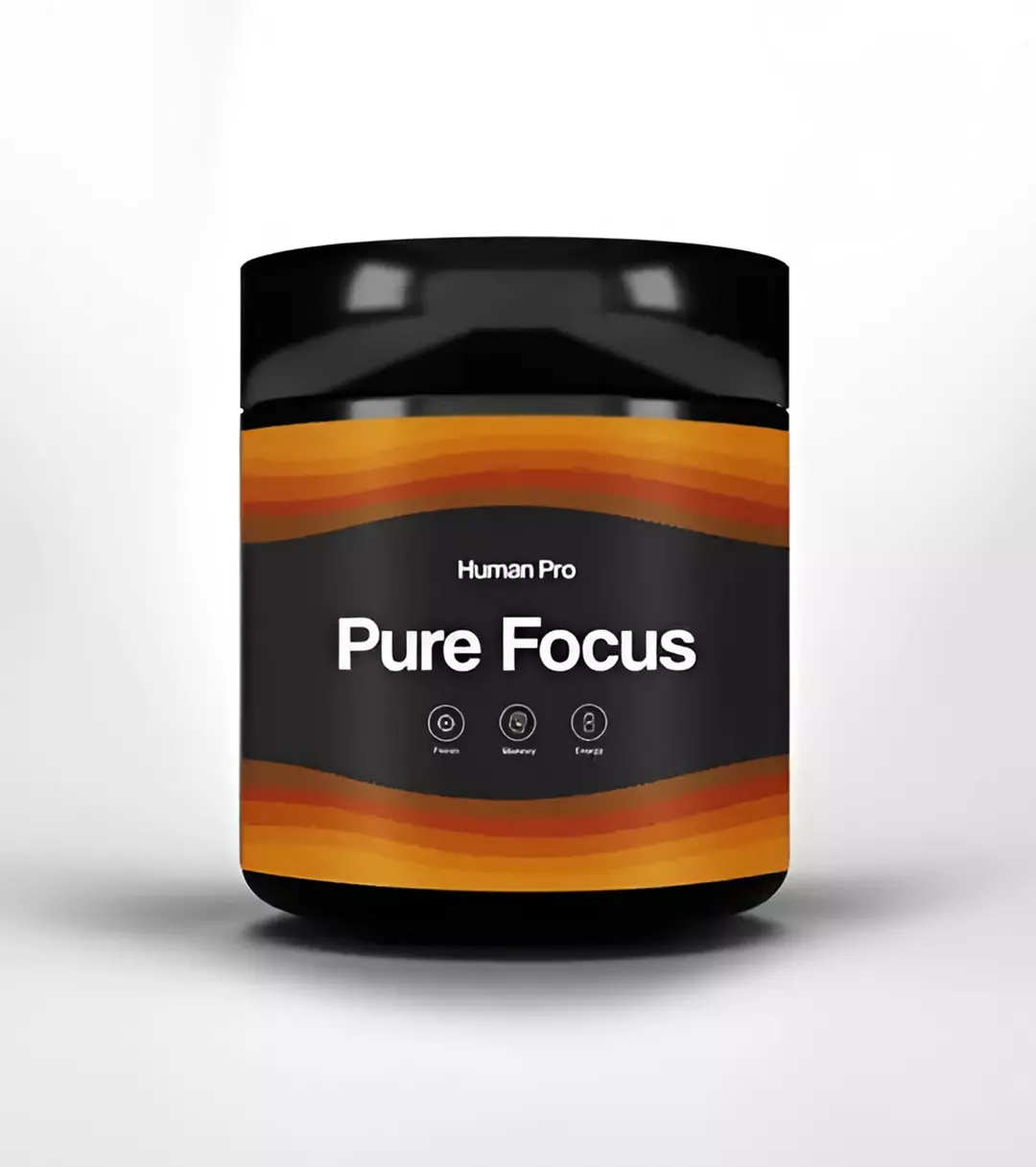Cordyceps at the Olympics
It’s still hard to admit that 1993 was 30 years ago, but that’s for another blog post.
Nostalgia aside, during the 1993 Olympics China’s women’s running team broke five world records at the World Outdoor Track and Field Championships.
These ladies set new times for the 1,500, 3,000, and 10,000 meters
Wang Junxia, a fellow team member ran a record 2:24:07 in the marathon.
Then, Wang broke more records at the National Games in China only two months later.
Will all these new records set in such a short amount of time, allegations of doping started to be made and investigations ensued.
The outcome of the investigations was that indeed no doping had taken place but a substance was indeed used by these Olympians.
Doping scandal
The substance added to their training protocol was: Cordyceps mushrooms.
Cordyceps have long been used in China as a performance enhancer and the teams coach Ma Juren was convinced of it.
Soon enough these runners ‘secret’ for speed and endurance was now public. Thus, cordyceps began to enjoy a boost in popularity worldwide.
Previously only reserved for Chinese royalty, Cordyceps are more widely available and consequently highly sought after.
Sometimes known as a ‘summer grass winter worm’ and typically originating from the Himalayan mountains of Nepal, Tibet, and Bhutan up to 4,500 meters above sea level.
Currently, there are over 600 species of this fungus that we know of, and the etymology of Cordyceps is taken from the Greek and Latin words ‘club-head’.
So far the science is showing
More recently, a double-blind placebo control trial was published in May 2010 by the Journal of Alternative and Complementary Medicine regarding investigating exercise performance in healthy older humans.
The study was carried out with 20 healthy elderly subjects given each was given 333mg cordyceps for 12 weeks.
The results from this particular study correlated with an improvement in exercise performance.
Closer to home
We often hear from our community that Cordyceps are the perfect pre or post-workout supplement,
The feeling is often explained as putting on an extra pair of wings for the workout session ahead, without feeling a crash or caffeine jitters afterward.
Something is interesting about Cordyceps that seems to unlock energy without the sense of feeling ‘wired’.
Dr. Weil wrote about this wondrous mushroom in his blog stating:
“To treat general weakness, low mood, or compromised overall vitality, I recommend taking cordyceps once or twice a day.”
As you might imagine, curiosity and interest in this strange orange mushroom have never been so high.
The good news about such heightened interest is how that fuels more research and more clinical studies.
The more we encourage conversation and share our stories, the more science will take note and perform the needed scientific studies.
How do you use Cordyceps? Have you noticed that its affected your physical performance in any way? Perhaps it’s also helped with your quality of sleep?Let us know in the comments below and remember to catch me for some one-on-one time in our Facebook group and Discord channel.
In the meantime,
Flow strong.
Asha ✨






4 Comments. Leave new
Asha, are you on Instagram?
Hi Eve,
I am launching a new Instagram account for my coaching practice and will let you know as soon as it’s up and running. Thank you for asking ✨
Nice post, interesting to read about the history of this superfood! My first experience with cordyceps many years ago was overall very positive as I felt a boost in stamina and it helped training sessions. However I also had a higher frequency of nightmares when I took it so I stopped taking it. Now it’s part of some supplements I take for adrenal fatigue and it’s working well.
That’s interesting to hear, Fred.
I’ve not heard of nightmares when taking Cordyceps, but glad that the issue seems to have resolved itself since?
Maybe in your case, taking Cordyceps needed to be taken with other supplements for optimal results?